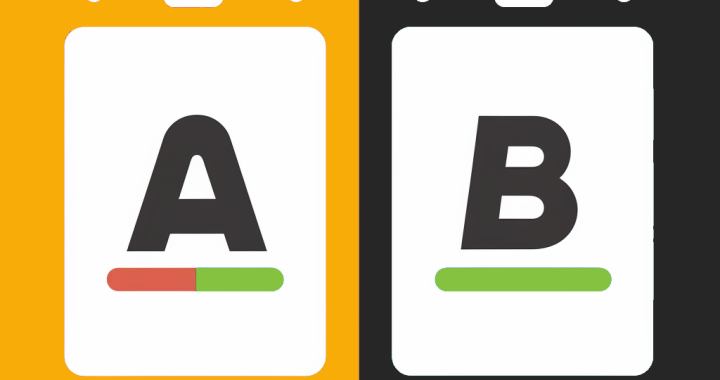Or The Top 7 (3+4) Release Management Tools
Release management is a critical aspect of the software development lifecycle, ensuring that software updates and new releases are delivered efficiently and reliably. This article will explore the top tools for software release management, categorized into two sections: Enterprise Release Management/Planning Tools and Provisioning Tools. Understanding the distinctions and applications of these tools will help you choose the right ones for your organization.
What is Software Release Management?
Software release management is the process of managing, planning, scheduling, and controlling a software build through different stages and environments, including testing and deploying software releases. Effective release management ensures a smooth transition of software changes from development through to production, minimizing disruptions and enhancing stability.
Why is Release Management Important?
Effective release management provides several benefits, including:
- Reduced Risk: By managing the release process, risks associated with deploying new software are minimized.
- Improved Efficiency: Streamlined processes and tools can accelerate the deployment process.
- Better Quality: Rigorous planning and testing lead to higher-quality software releases.
- Enhanced Collaboration: Tools that facilitate communication and collaboration can improve team coordination.
Enterprise Release Management/Planning Tools
Enterprise release management tools are designed to handle the complexities of planning and coordinating multiple software releases across various teams and environments. Here are some of the top tools in this category:
1. Enov8 Environment & Release Manager
Features:
- Advanced implementation & Deployment planning
- Operational runsheets
- Comprehensive environment and release management
- Integrated planning and scheduling
- Real-time monitoring and reporting
Pros:
- Highly customizable to fit enterprise needs
- Strong focus on governance and compliance
- Inbuilt provisioning capability and/or easy to integrate with other enterprise provisioning tools
- Available as on-premise or SAAS
Cons:
- Functional richness means it can be more complex to set up and configure initially
- Higher cost compared to simpler tools
Pricing: IT & Test Environment footprint-based
2. Plutora Release Management
Features:
- End-to-end release management
- Integration with CI/CD tools
- Detailed analytics and reporting
Pros:
- User-friendly interface
- Scalable for large enterprises
- Strong integration capabilities
Cons:
- Weaker as it moves into the IT & Test Environment space
- Limited “operational” functionality compared to others
- Higher price point
- SAAS only
Pricing: User-based
3. Digital.ai (formerly XebiaLabs)
Features:
- Unified DevOps platform
- Advanced analytics and insights
- Robust security and compliance features
Pros:
- Comprehensive tool for large organizations
- Strong analytics capabilities
- Excellent customer support
Cons:
- Tend to be more ‘Operational Centric’ than Governance Centric
- Expensive for smaller teams
- Complex setup and configuration
Pricing: Subscription-based, with different tiers
Provisioning Tools
Provisioning tools automate the deployment process, ensuring that software can be reliably released across different environments. Here are some of the leading tools in this category:
1. Jenkins
Features:
- Continuous integration and continuous delivery (CI/CD)
- Extensive plugin ecosystem
- Supports multiple programming languages
Pros:
- Open-source and free
- Highly extensible
- Strong community support
Cons:
- Can be resource-intensive
- Requires maintenance and configuration
Pricing: Free (open-source)
2. Octopus Deploy
Features:
- Automated deployment and release management
- Integration with various CI tools
- Secure deployment pipeline
Pros:
- Easy to set up and use
- Supports complex deployment scenarios
- Strong security features
Cons:
- Licensing cost for large teams
- Limited free tier
Pricing: Based on deployment targets
3. Bamboo (Atlassian)
Features:
- Continuous integration and deployment
- Tight integration with Jira
- Scalable for large teams
Pros:
- Seamless integration with other Atlassian products
- Good performance and scalability
- Flexible licensing options
Cons:
- Higher cost for small teams
- Limited support for non-Atlassian tools
Pricing: Based on the number of build agents
4. Azure Pipelines
Features:
- Multi-platform CI/CD
- Integration with Azure services
- Cloud-hosted and on-premises options
Pros:
- Highly scalable and flexible
- Good integration with Microsoft ecosystem
- Competitive pricing
Cons:
- Best suited for Azure users
- Some learning curve for new users
Pricing: Free tier available, with paid options based on usage
Conclusion
Choosing the right release management tool depends on your organization’s specific needs, including the scale of your operations, existing tools and infrastructure, and budget. Enterprise release management tools like Enov8, Plutora, and Digital.ai are ideal for large organizations with complex release processes. In contrast, provisioning tools like Jenkins, Octopus Deploy, Bamboo, and Azure Pipelines offer robust solutions for automating the deployment process.
By understanding the features, pros, and cons of each tool, you can make an informed decision that enhances your software release management practices and supports your overall business goals.



